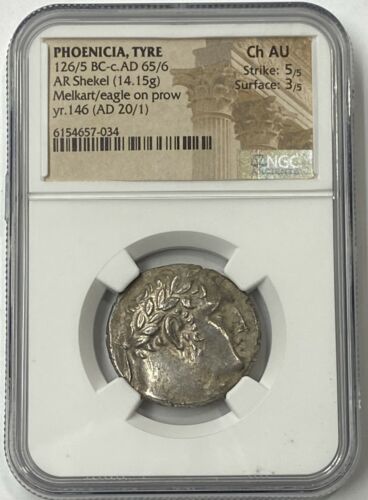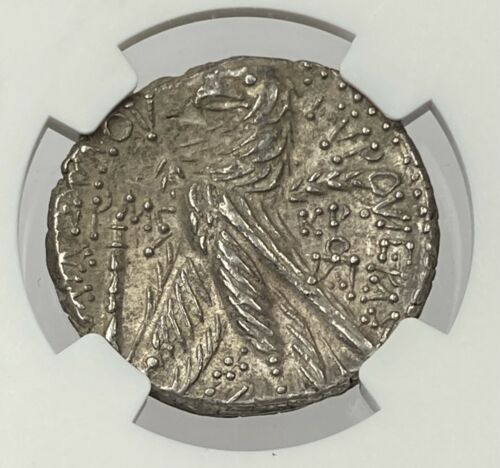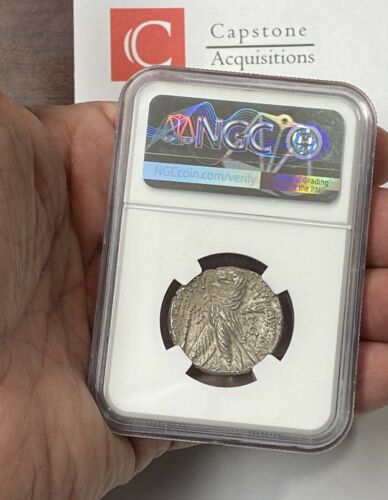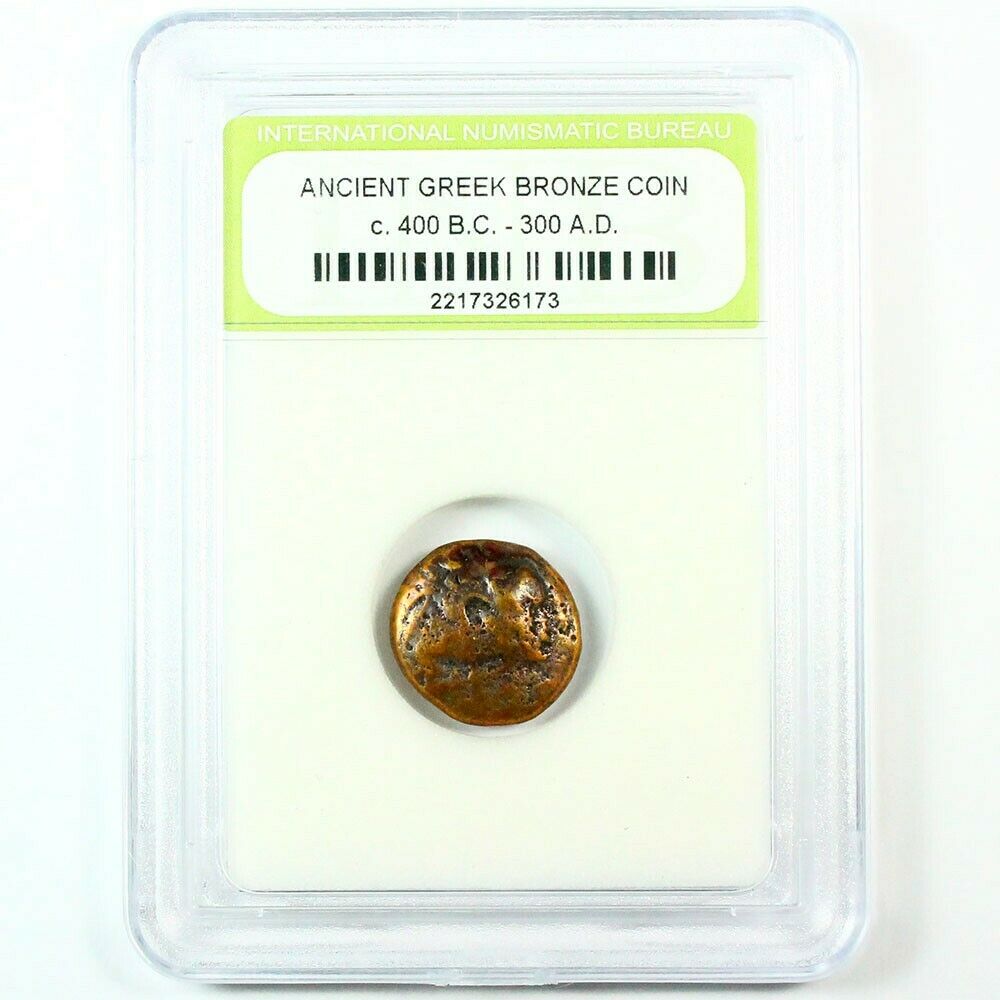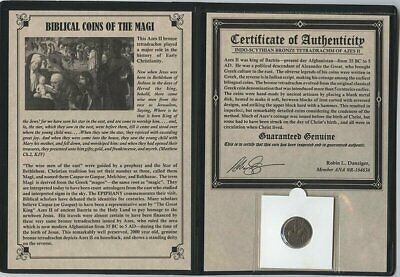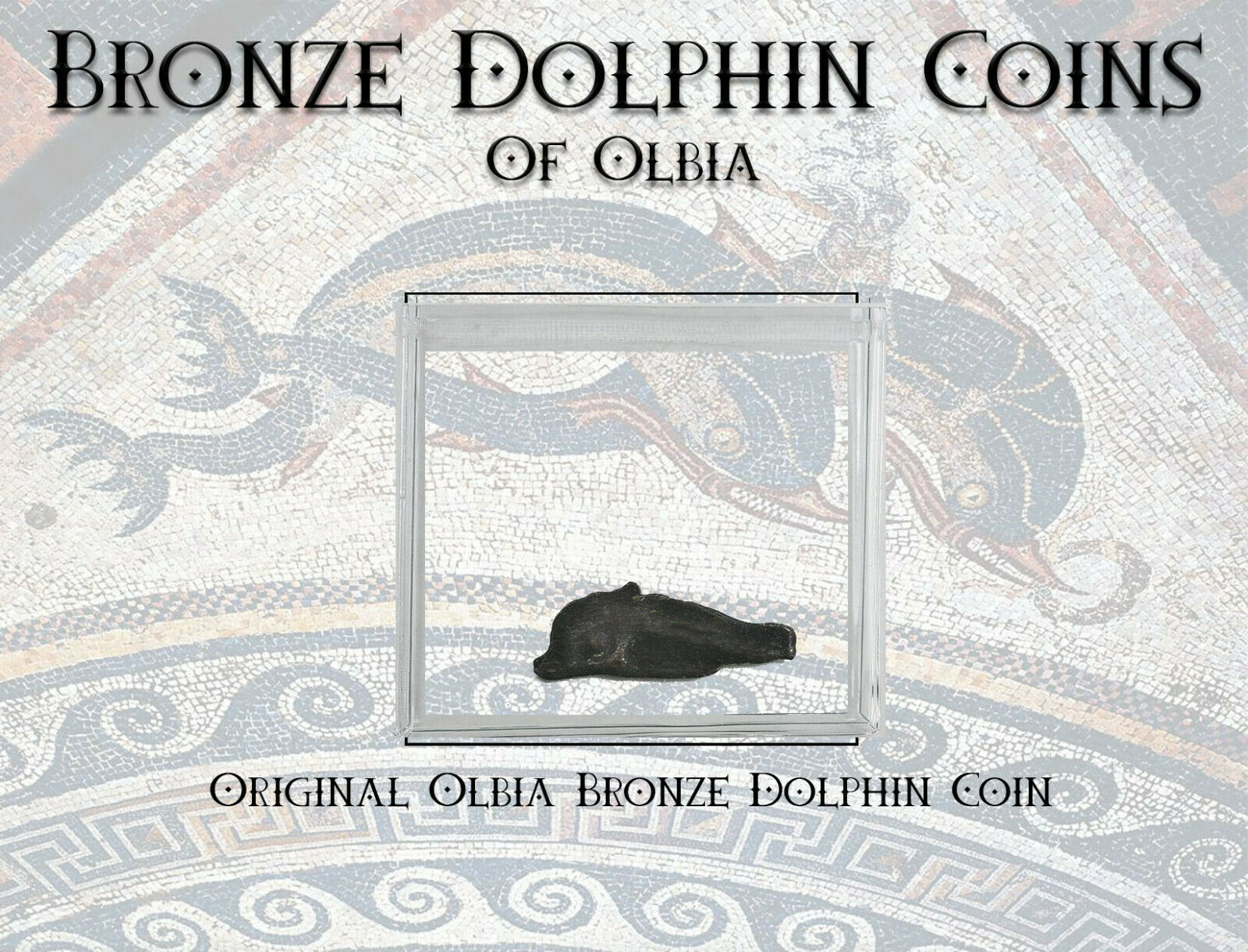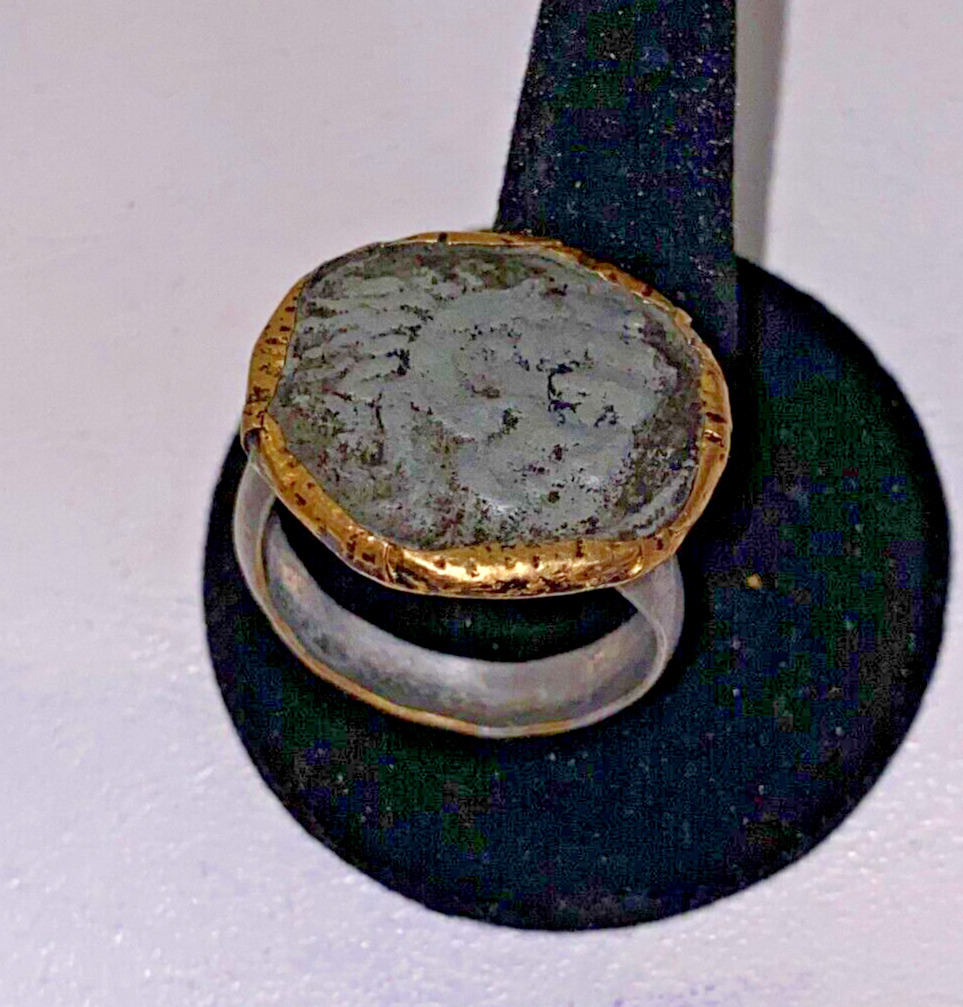-40%
Phoenicia, Tyre 126/5 BC -AD 67 AR Shekel NGC CHAU AD 20/21 Jesus Lifetime Issue
$ 2739.62
- Description
- Size Guide
Description
Phoenicia, Tyre 126/5 BC - AD 65 Silver Shekel NGC CHAU Money Of The Bible and Jesus Christ Lifetime issue. Struck and circulated while he was alive.An amazing must buy piece of Biblical history.
Among the most popular types of ancient coins are shekels of Tyre, the main silver coinage of a powerful maritime city in ancient Phoenicia. Though desired for many reasons, shekels of Tyre are especially famous as the most likely candidate for the “30 pieces of silver” paid to Judas Iscariot to betray Jesus Christ.
Their strong biblical connection keeps interest in these coins extremely high, regardless of how collectors’ tastes otherwise may change with the passage of time. The Shekels and Half Shekels of Tyre are also consistently in high demand, as they are believed to have been the standard coin by which annual payments were made to the Temple in Jerusalem.
In about the mid-fifth century B.C. Tyre began to produce an independent silver coinage that persisted until the city was sacked in 332 B.C. by the Macedonian King Alexander III “the Great” (336 to 323 B.C.). Alexander rebuilt Tyre, and thereafter silver coins were struck there under the aegis of Macedonian, Ptolemaic and Seleucid kings who controlled the region from the late fourth through the late second centuries B.C.
Tyre shekels were struck in high purity silver, which made them ideal for functions both practical and sacred. Minor details aside, its design remained constant for nearly two centuries: the obverse showed the head of the god Melkart (equivalent to Heracles and Hercules) and the reverse showed an eagle with a palm branch over its shoulder, perched on the prow of a galley.
The design was modeled after the last tetradrachm/shekels struck at Tyre by the Seleucid King Demetrius II. That king’s portrait was replaced with an image of Melkart, and a few minor modifications were made to the eagle reverse.
The inscription on the reverse boasts of Tyre as being “holy” and “inviolable.” The fields around the eagle are decorated with an upright club (symbolic of Tyre) and at least one monogram, which presumably represented a civic official. Between the eagle’s legs are an alef or a bet, the first two letters of the Phoenician alphabet, which had an uncertain administrative function.
Guaranteed Authentic
Capstonecoins
Austin TX 78717
